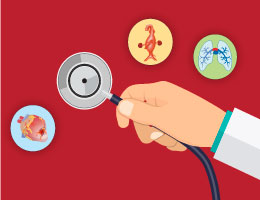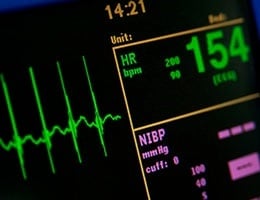
Although most of The Sullivan Group’s RSQ® Solutions platform is delivered online via CME/CE courses and clinical performance assessments, there is another major component to the RSQ® Cycle, which involves building clinical risk mitigation strategies directly into the EMR. In 2010, one of our largest clients requested that we develop a library of physician documentation templates for their enterprise EHR system, which happened to be MEDITECH. After several years of development with their medical leadership team, we deployed 137 chief complaint-specific templates with clinical decision support to all 163 emergency departments. Below we have included 2 videos from our President & CEO, Dan Sullivan, MD, JD, FACEP, that outline a few different workflows that can be used by providers to complete their documentation with our PDoc Templates.










